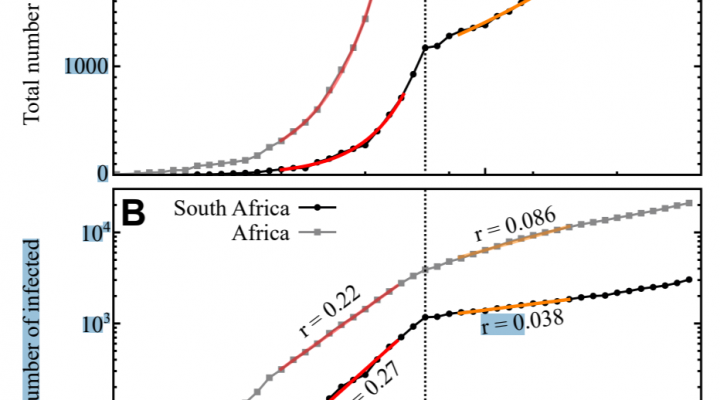Publications
Published
Kersting, M., Matthies, E., Lahner, J., & Schlüter, J. (2020). A socioeconomic analysis of commuting professionals. Transportation, 1-32.
doi:10.1007/s11116-020-10124-w
Schröder, M., Bossert, A., Kersting, M., Aeffner, S., Coetzee, J., Timme, M., & Schlüter, J. (2021). COVID-19 in South Africa: outbreak despite interventions. Scientific Reports, 11(1), 1-9.
doi:10.1038/s41598-021-84487-0
In Press
Schlüter, J., Bossert, A., Rössy, P., & Kersting, M. (2021). Impact assessment of autonomous demand responsive transport as a link between urban and rural areas. Research in Transportation Business & Management, 39, 100613.
doi:10.1016/j.rtbm.2020.100613
Kersting, M., Bossert, A., Sörensen, L., Wacker, B., & Schlüter, J. C. (2021). Predicting effectiveness of countermeasures during the COVID-19 outbreak in South Africa using agent-based simulation. Humanities and Social Sciences Communications, 8(1), 1-15.
doi:10.1057/s41599-021-00830-w
Submitted
Bossert, A., Kersting, M., Timme, M., Schröder, M., Feki, A., Coetzee, J., & Schlüter, J. (2021). Limited containment options of COVID-19 outbreak revealed by regional agent-based simulations for South Africa. F1000Research, 10(98), 98.
doi:10.12688/f1000research.28250.1
Kersting, M., Kallbach, F., & Schlüter, J. C. (2021). For the young and old alike–An analysis of the determinants of seniors’ satisfaction with the true door-to-door DRT system EcoBus in rural Germany. Journal of Transport Geography, 96, 103173.
doi:10.1016/j.jtrangeo.2021.103173
Schlüter, J. C., Sörensen, L., Bossert, A., Kersting, M., Staab, W., & Wacker, B. (2021). Anticipating the impact of COVID19 and comorbidities on the South African healthcare system by agent-based simulations. Scientific Reports, 11(1), 1-9.
doi.org/10.1038/s41598-021-86580-w
Books & Technical Reports
Technical Report 1: Transportanalyse zur Implementierung eines intelligenten Demand Responsive Transport Systems im ländlichen Raum
Technical Report: Machbarkeitstudie zur Ansiedlung von Hochtechnologien in Schleswig-Holstein.
Teaching
Projects Involved
Research fields involved
Transport
Strengthening public transport is an essential contribution to the mobility turnaround. Digitalization enables a better understanding between supply and demand.
Technology Economics
Economic development also depends heavily on the regions` capacity for innovation. Individual technologies or the interaction of various technology players creates an environment in which disruptive technologies trigger structural disruptions.
Public Health
The combination of methods from the transport sector and the inclusion of digital technologies enable new applications in the field of public health. In this context, it is possible to take a look at the micro level and to model regions in a targeted manner.





